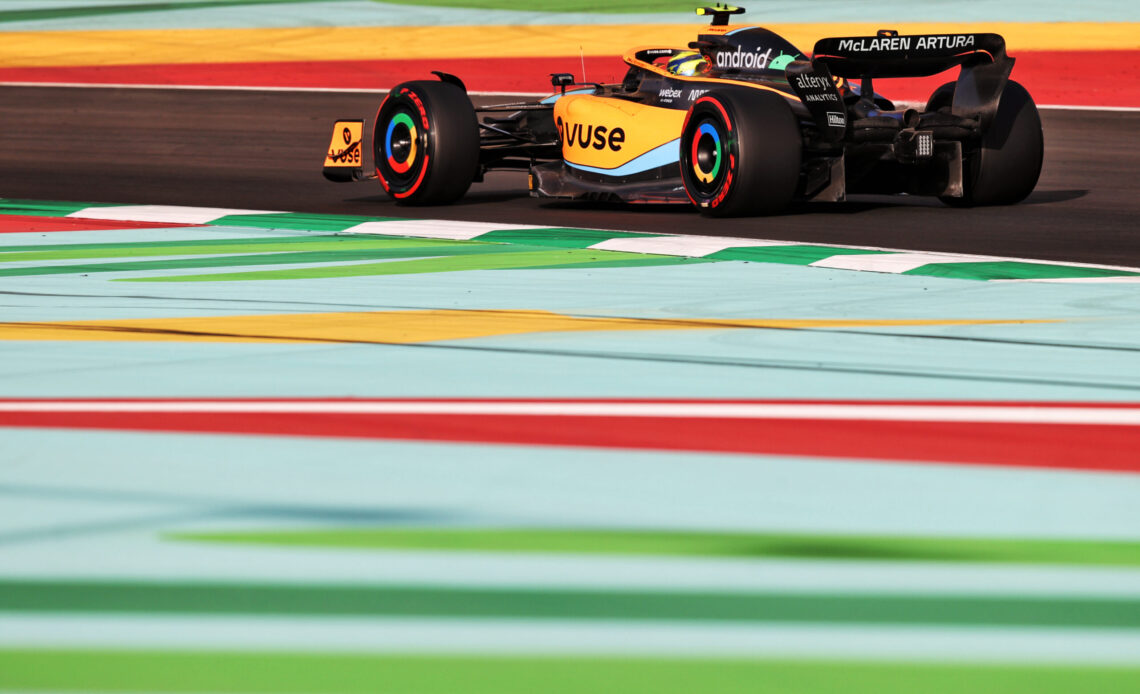Performance is a multi-faceted word in Formula 1. It can be associated with lap time, driveability, top speed, tyre degradation, downforce, power unit output and efficiency, overall reliability, component stiffness, aerodynamic drag, resource efficiency in cost, time, energy and much more. The various areas of performance can all influence each other, so measuring them depends on the data collected and the type of analysis undertaken. Each Formula 1 car carries around 300 sensors onboard, which collectively produce 1.5 terabytes of data throughout a race weekend. For a race season, a two-car team produces 11.8 billion data points. These must all be filtered and analysed to look for performance gains, reliability issues or strategies for the team to make better decisions or to work out what their competitors are doing.
From the 11.8 billion data points, it is fair to say that teams reasonably understand what the car is doing. However, to make performance gains and other…
Click Here to Read the Full Original Article at Racecar Engineering…

